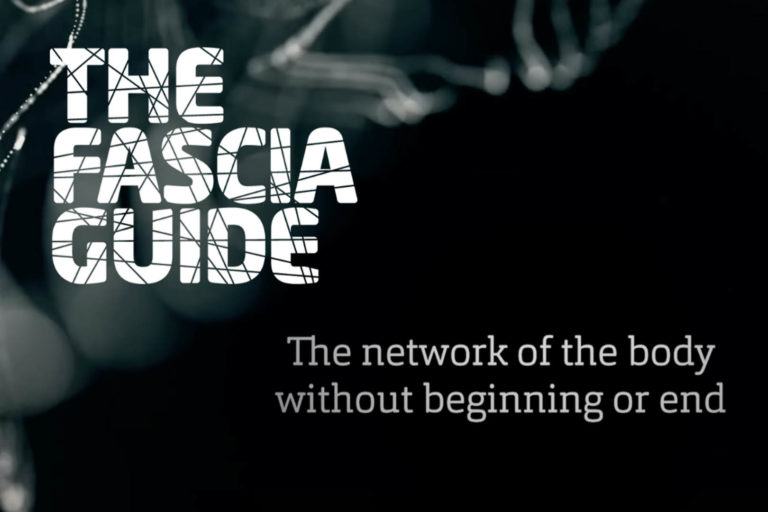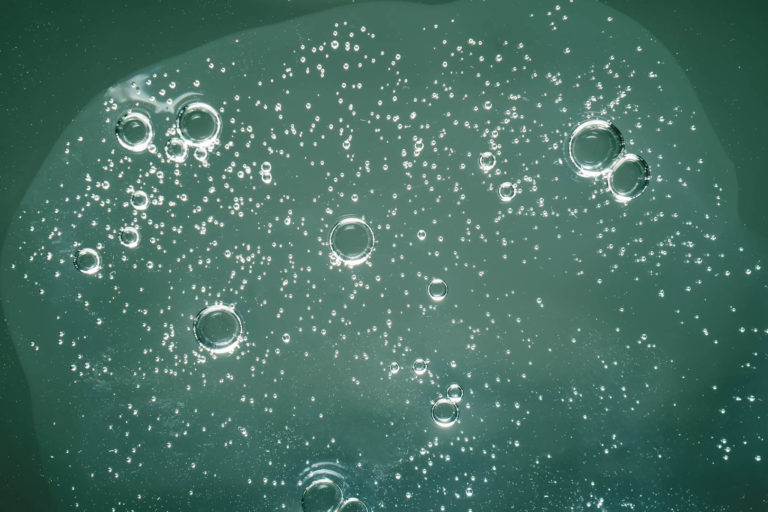The components in fascia
The body consists of cells and the matrix outside, between the cells, the extracellular matrix (ECM). Fascia is the ECM and the cells maintaining the ECM. In this article the components of the Fascia are listed and explained.































































